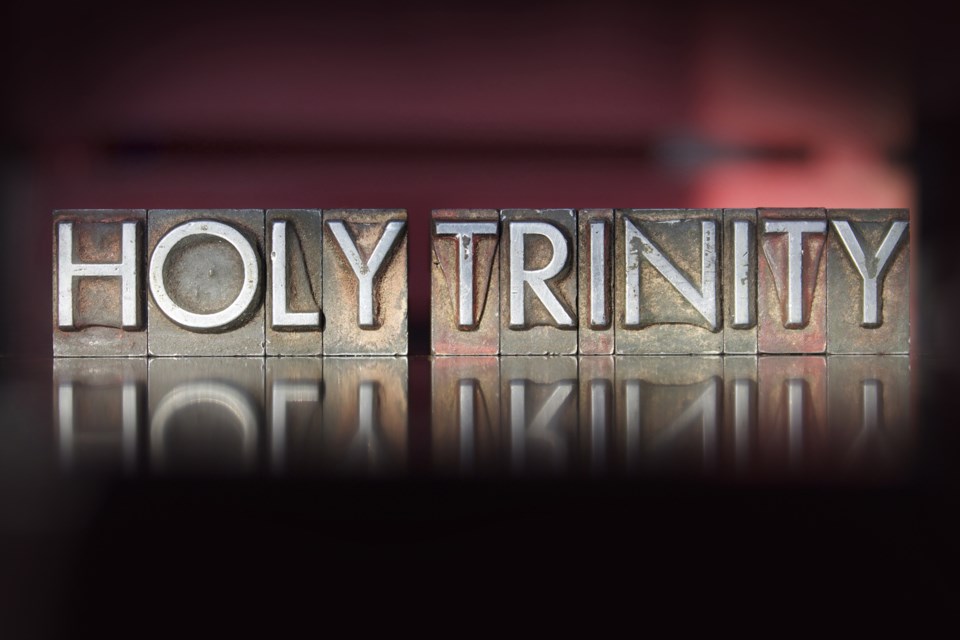"I still have many things to say to you, but you cannot bear them now. When the Spirit of truth comes, he will guide you into all the truth; for he will not speak on his own, but will speak whatever he hears, and he will declare to you the things that are to come. He will glorify me, because he will take what is mine and declare it to you. All that the Father has is mine. For this reason I said that he will take what is mine and declare it to you. - John 16:12-15
The doctrine of the Holy Trinity is one of Christianity’s oldest doctrines. Early Christians were wrestling with how to understand the relationship between Jesus, the Father, and the Holy Spirit as expressed in Scripture. With much debate and disagreement, they attempted to define the nature of the Trinity’s relationships.
For example, the First Council of Nicaea arrived at the following:
We believe in one God, the Father Almighty, Maker of all things visible and invisible. And in one Lord Jesus Christ, the Son of God, begotten of the Father [the only-begotten; that is, of the essence of the Father, God of God,] Light of Light, very God of very God, begotten, not made, being of one substance with the Father; (...) And [we believe] in the Holy Ghost. (...). - Nicene Creed
The Trinity can be a difficult concept, because it defies the logic of our own reality’s limits. Three-in-one; one-in-three. How can that be possible? Over the centuries, various people have offered up different illustrations to help people comprehend.
St. Patrick used the shamrock’s three leaves joined together as a reminder of the Trinity’s relationships and connectedness.
C.S. Lewis described the Trinity as “super-personal” and used the added complexity of increased dimensions as an illustration of why we cannot grasp the concept of such interrelatedness: On a one-dimensional level, you can have a straight line. On a two-dimensional level, those lines can be combined in ways they couldn’t conceive in a one-dimensional world, and they could form a square. Moving on, on a three-dimensional level, those squares can be combined in yet more inconceivable ways for anyone living in a one-or-two-dimensional world, and could form a cube.
He moves on to argue that the relationship among the Trinity is ultimately at a level beyond the scope of our understanding and imagination. We can gain hints of what this is, but we cannot understand it on an intellectual level. But we do experience God on a personal level, and that is also how the members of the Trinity relate.
My best understanding is that God exists in such deep and full relationship, that God is relationship - Father, Son and Spirit. And God’s joy is in sharing in relationship with us. Our fulfillment is in sharing relationship with God and one another.
May you know the joy of the Father, the Son, and the Holy Spirit.



